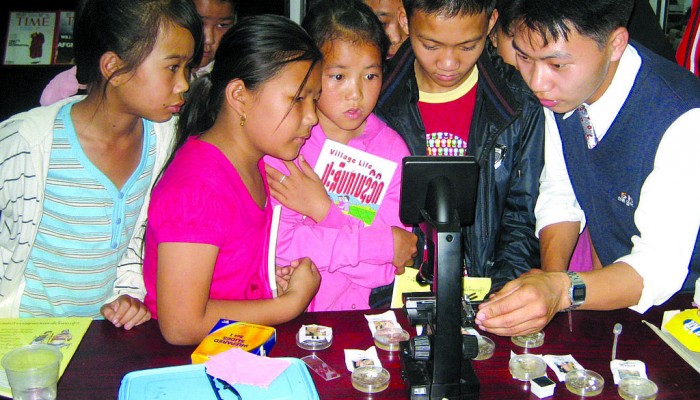
In this guest post, Sam Illingworth, regular contributor to GeoLog on all things science communication and education, discusses whether it is the responsibility of all geoscientists to communicate their science and research and challenges you to make some time to get involved in public engagement in 2016.
As researchers it is very easy to get caught up in the whirlwind of our scientific endeavours that we forget about the impact of what it is that we are doing. Geoscience is not done in isolation; every aspect of the earth and planetary sciences that we analyse and probe is related to the environment and society that surrounds us, be it a study of aerosol composition in Beijing, or an investigation into the impact of volcanic eruptions on amphibians.
Without the exceptional inspiration (and perspiration) of our colleagues there is so much more that we simply would not know; however, without the same commitment to communicating that knowledge, how can everybody else hope to benefit? Of all the sciences, the geosciences are arguably the most deserving to be shared; after all they not only describe our planet as a living, breathing system, they also tell us about its past, and predict what the future will have in store for us. What use is that knowledge though if it is not shared? Yes, scientific conferences allow us to communicate our stories to each other, whilst press releases ensure that some of the ‘bigger’ geoscience news stories appear at least momentarily in the zeitgeist, but could we be doing more, and more importantly should we? As this Guardian article from the Higher Education network points out:
“The work of an academic is to talk about ideas – in lectures, class discussions, academic conferences and student meetings. For many, it’s one of the job’s greatest pleasures.”
In terms of the technical skills that are necessary in order to effectively communicate our science I think that we, as geoscientists, are actually highly skilled. We regularly have to synthesis information and explain it to people that are not necessarily experts in our particular field. So why is it that we don’t do more of it? Why is it that we don’t spend more time communicating our research to the general public? Why don’t all of us spend more time in pre-university schools and classrooms, helping to educate and inspire a future generation of geoscientists? There are no easy answers to these questions (although some suggestions are discussed in this research article), but as 2015 draws to a close I issue you with a challenge for the New Year: go and do at least one afternoon’s worth of public engagement, outreach, or science communication activity. And for those of you who say that you don’t have the time to give up one afternoon in a year, well I’m sorry but I don’t believe you.
For those of you who are interested in effective public engagement, education or geoscience communication, then I strongly suggest that you submit an abstract to either of the following sessions at the upcoming EGU 2016:
EOS4: Communication and Education in Geoscience: Practice, Research and Reflection
EOS11/ERE1.12: Communicating Contested Geoscience
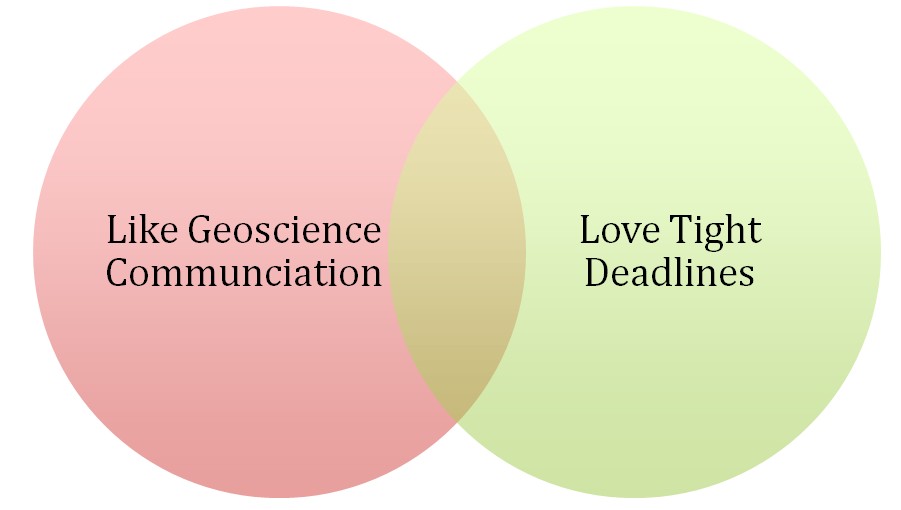 And for those of you sit in centre of the Venn diagram shown below, then please do consider submitting a manuscript to the current ‘Effective Science Communication and Education in Hydrology and Natural Hazards’ special issue in the HESS or NHESS journals.
And for those of you sit in centre of the Venn diagram shown below, then please do consider submitting a manuscript to the current ‘Effective Science Communication and Education in Hydrology and Natural Hazards’ special issue in the HESS or NHESS journals.
By Sam Illingworth, Senior Lecturer in Science Communication at Manchester Metropolitan University.

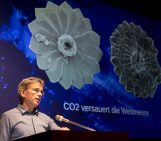
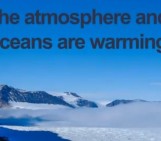
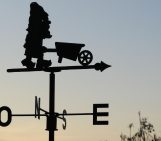

Pingback: Pat Thomson on the scholarly virtues of putting your thoughts online | imGlobalNetwork